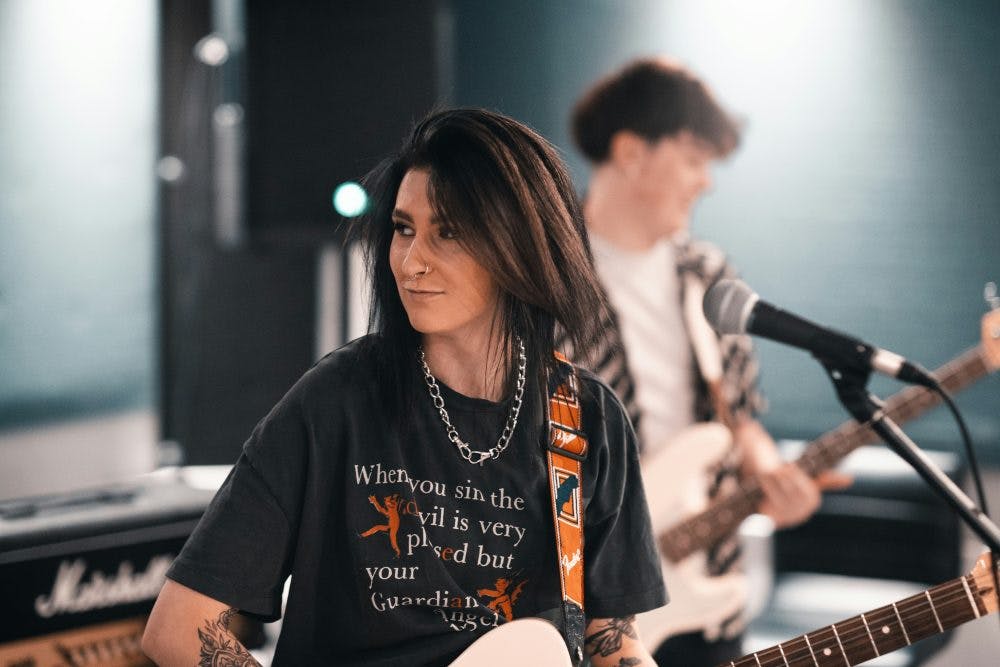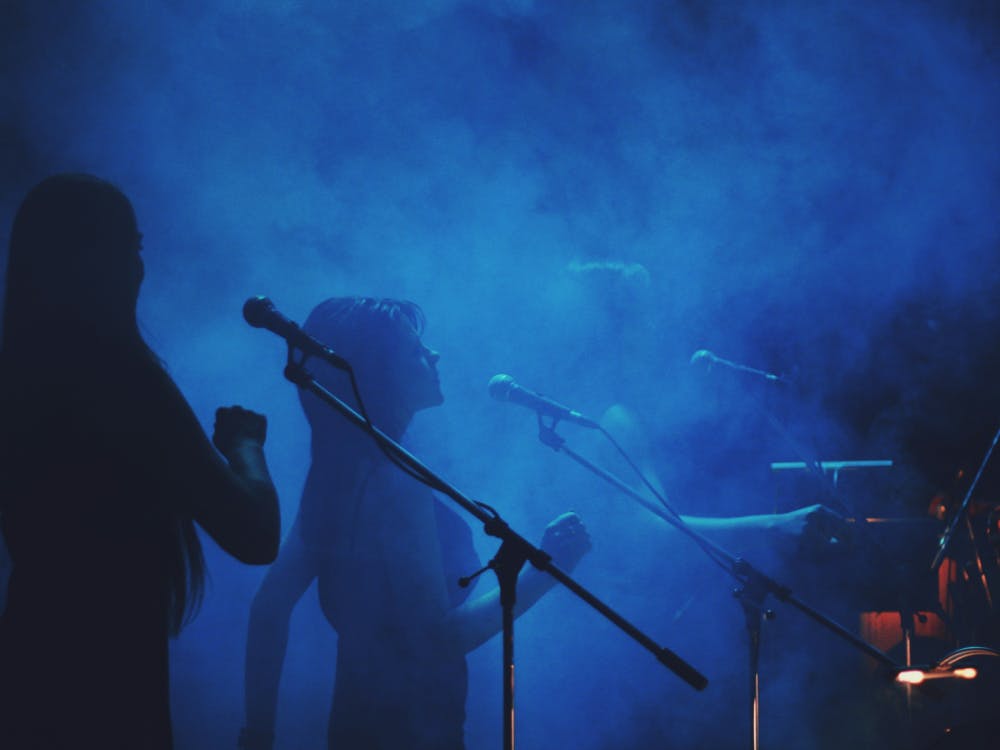Overview
Looking for the best AI choir harmony generator to create natural-sounding vocal stacks? In 2025, tools like SoundID VoiceAI allow producers to build rich harmonies directly in their DAW. Instead of needing multiple singers or long studio sessions, one clean vocal performance can now evolve into a full, believable harmony arrangement using machine-learning models.
What Is an AI Choir Harmony Generator and How Does It Work?
An AI choir harmony generator analyses your lead vocal recording and produces complementary backing voices automatically. These systems combine machine-learning, voice-transformation, and harmonic-analysis technologies to model natural vocal behaviour.
They typically:
- detect pitch and harmonic overtones,
- create new vocal timbres using trained neural networks,
- calculate appropriate intervals through harmonic analysis,
- and add subtle timing and expression differences for realism.
From a scientific angle, harmony processing influences both musical expectation and emotion. Studies in Nature confirm that structured harmony activates predictive and emotional centres in the brain (Nature: Impact of Voice Leading and Harmony on Musical Perception).
For a practical look at how harmony connects sound and feeling, see Sonarworks’ article How the Brain Reacts to Harmony and Emotion in Music.
Why Harmonies Matter and How AI Choir Harmony Generators Help
Harmonies shape how we perceive emotion and space in music. Creating them used to require multiple singers and long production schedules. Now, even a solo artist can use an AI choir harmony generator like SoundID VoiceAI to craft complex layers within hours.
This shift opens doors for independent producers working with limited budgets or tight deadlines. What once needed a full choir and studio team can now start from a single take and a well-tuned algorithm.
When you stack background vocals, think balance and space. The higher notes should feel wide, the lower parts tighter; that’s how real harmonies breathe.
Recording Magazine, Vocal Sessions: LA Style
Best AI Choir Harmony Generator Option in 2025
SoundID VoiceAI
- Generates up to eight voices via Unison Mode
- Offers width control and over 80 vocal presets
- Works directly in your DAW with local processing
- Available via perpetual license or pay-as-you-go tokens
It’s not a real-time processor, but for production workflows that value detail and control, it’s currently the most flexible AI choir harmony generator available.
When evaluating others, look for:
- editable individual harmony tracks,
- realistic pitch and timing variations,
- diverse voice models,
- and support for offline rendering.
How to Get the Best Results with an AI Choir Harmony Generator
The golden rule applies: garbage in, garbage out. The quality of your vocal recording determines how convincing your AI harmonies will sound.
Tips:
- Record clean vocals. Avoid effects and room reflections.
- Sing with precision. Slight timing or tuning issues multiply through AI layers.
- Record multiple takes if possible. The AI will use micro-variations to sound more human.
- Match style to genre. Pop needs tight phrasing, gospel needs expressive dynamics.
- Polish the mix. EQ, compress, and pan harmonies to achieve a cohesive stereo image.

For additional practical advice, read Sage Audio’s guide on mixing harmony vocals.
Limitations of AI Choir Harmony Generators
Even the best AI choir harmony generators have boundaries:
- They lean toward Western pop/rock vocal styles.
- Local rendering can demand high CPU use.
- Creative interpretation still requires human input.
AI tools are assistants, and they shine when paired with a musician’s intuition.
Why SoundID VoiceAI Fits Modern Production Workflows
SoundID VoiceAI empowers creators to:
- Build vocal stacks without additional singers.
- Create demo harmonies or full productions faster.
- Stay competitive when time and budget are limited.
This balance of speed and sound quality makes it an ideal AI choir harmony generator for independent artists.
👉 Try SoundID VoiceAI free for 7 days and explore what your single vocal can become.



